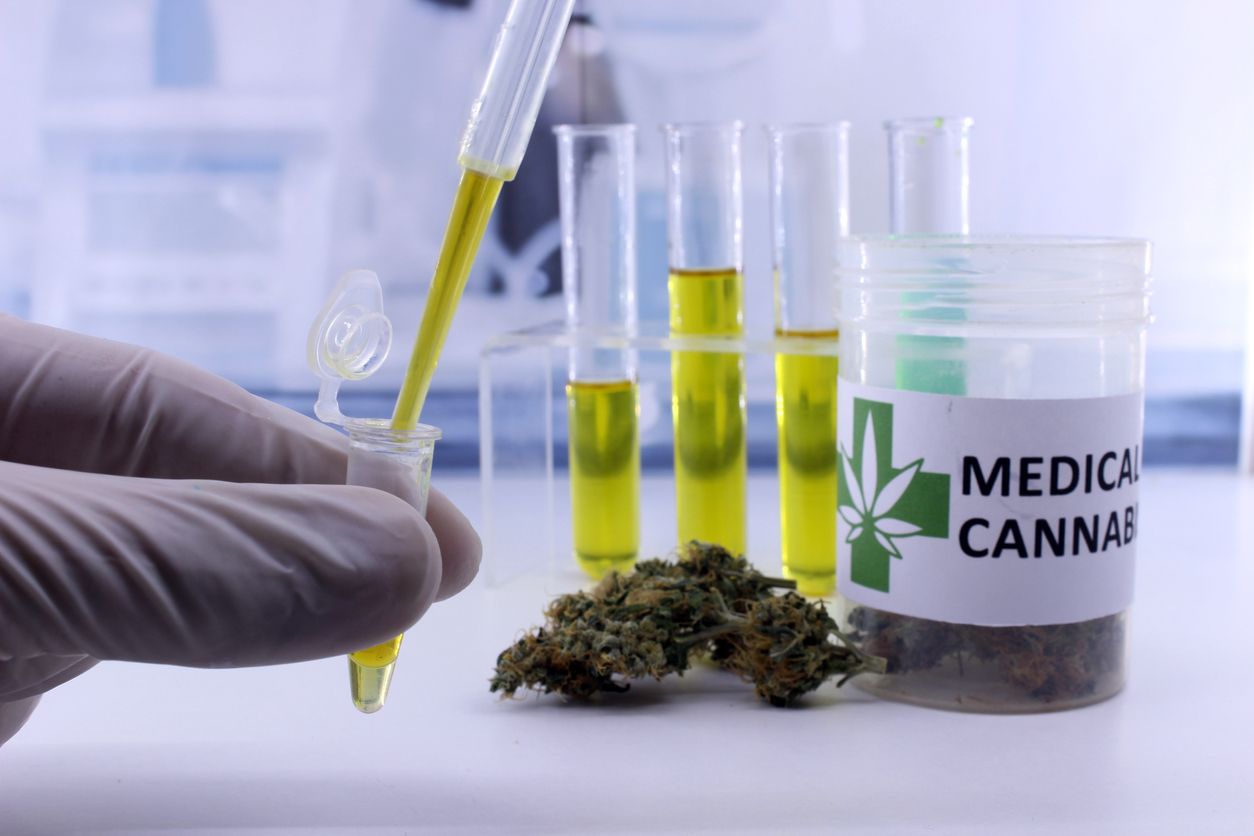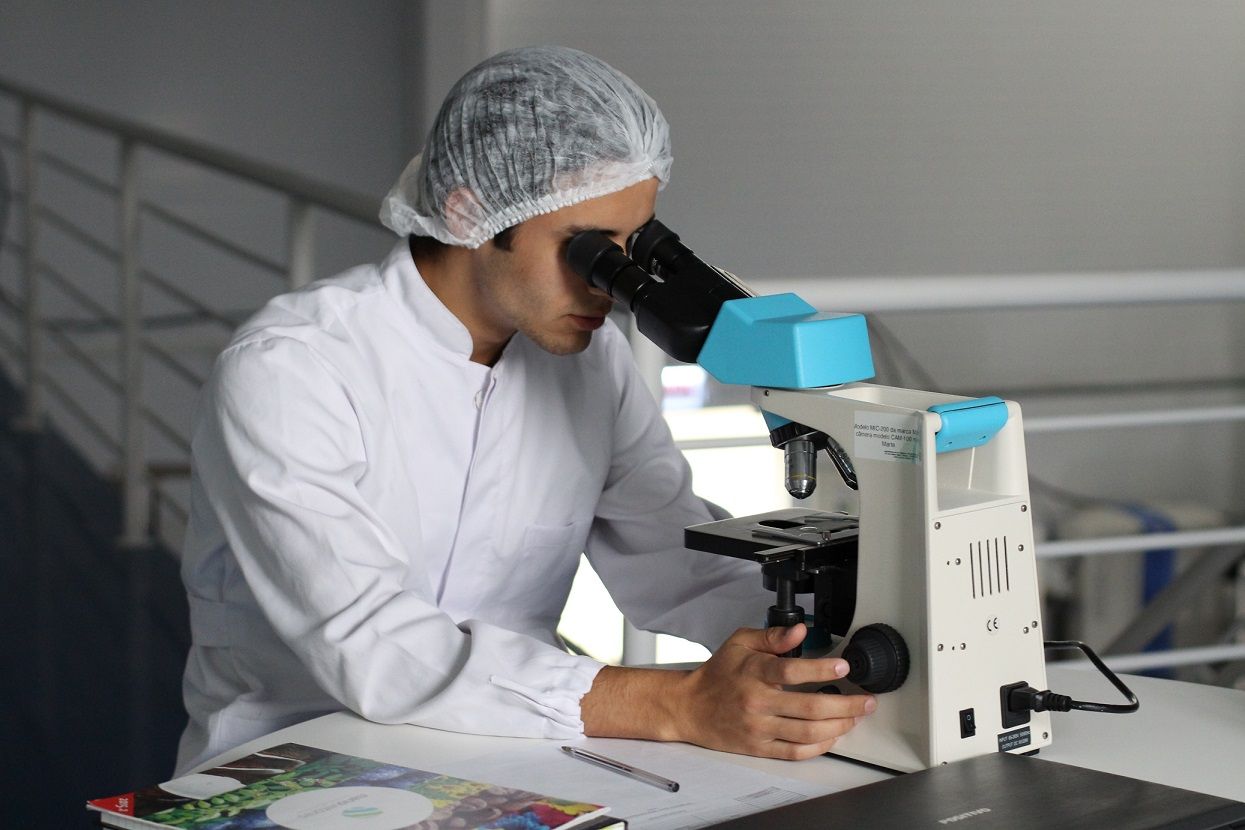What agendas are there behind cannabis research?

Though marijuana has been made legal in many parts of the world, we still understand very little about cannabis plants and the various compounds that they produce. A lot of people hear the cries from scientists and researchers for funding towards cannabis research, and they wonder what the point is. We all know that it’s a unique, non-toxic substance that is entirely safe to take and provides therapeutic qualities that can be beneficial to people from all walks of life. Isn’t that enough?
The truth is that we still have a long way to go, and new and in-depth cannabis research is necessary to get marijuana products onto the market in a way that can help everyone. Without it, agencies like Health Canada will continue to block the efforts of companies that are trying to enter the market with products that they can’t prove are entirely safe, or even useful for the problems they might advertise for.
Here are just a few of the questions cannabis researchers have yet to answer and need to if we want to have a greater understanding and more access to these types of natural alternatives.
1. The benefits of specific cannabinoids
Right now, we have barely scratched the surface as far as what cannabinoids that are found in marijuana plants might be useful for. We have a basic understanding of both THC and CBD products and how they interact with our bodies but know very little about the just over 100 other cannabinoids which make up a large portion of each cannabis strains chemical profile.
2. The benefits of medical marijuana for specific illnesses and diseases
We do know that there are some significant benefits to using cannabinoids to treat illness, but we are also learning that not all marijuana strains will work the same for each disease. This information is crucial for those who are seeking relief from debilitating symptoms with very few pharmaceutical options available.
3. The possible adverse effects of cannabis use
Though we have plenty of cannabis research available that seems to show little to no link between marijuana use and cancer, we have no idea how accurate those numbers are. This is mainly due to the substance remaining illegal for so long, and most of this research being conducted during a time that many of the respondents were much less likely, to be honest about their frequency of use. The second part of this concern is based on children, as there are many who are afraid of the potential for harm if THC or CBD products end up in the hands of children.
4. Measuring intoxication in people who have consumed THC products
CBD is a non-psychoactive element that will not create the same euphoric sensations that come from THC, so it is less of a concern here, but there are a lot of people getting behind the wheel with medical marijuana and recreational products in their systems. We also have no way to accurately discern how much someone has taken before driving, so it at this point will be difficult to prove if someone is truly a danger to the public on the roads. Once we have a way to consistently measure this, there will be a lot less for fear of intoxicated drivers or machine operators.
5. Benefits of consuming cannabis plants raw
You always hear about the benefits of cannabinoids, especially the activated THC, but it is rare that anyone talks about the incredibly powerful vitamins, minerals, and oils that are in the raw plant itself. A lot of people assume that if you were to eat the bud itself, it would get you high, but the cannabinoid THC is actually THCA in this raw form and must be decarboxylated to produce the euphoric sensations. This means it can be made into shakes, food, and so many other things, but these benefits are not clinically proven or documented, which makes it difficult to know how much to take.

